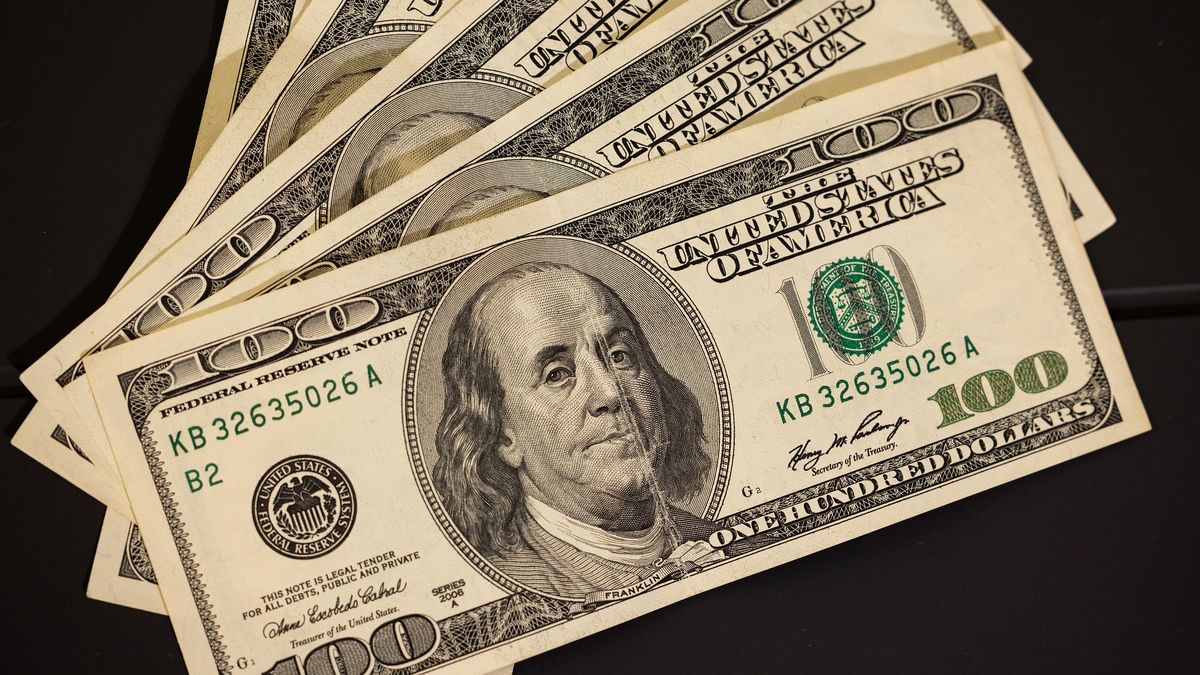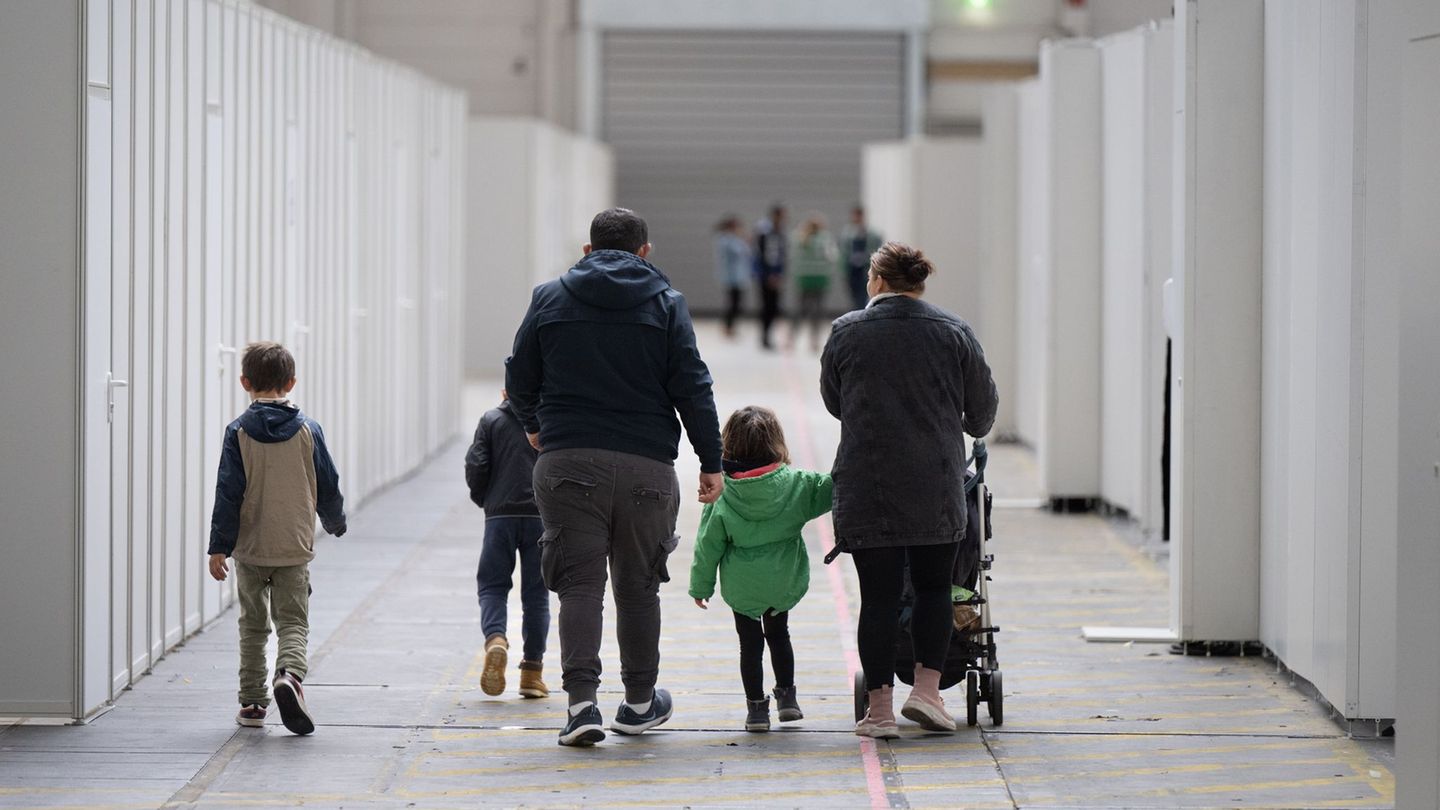But the losing streak came to an end this Thursday as the CCL dollar -traded with the GD30 bond- rose 0.7% ($1.48) to $214.35, after hitting its lowest value in more than three weeks ($212.87), with which the spread with the wholesale official exchange rate stretched to 102.2%. This price accumulates a fall of close to $20 since the day the understanding between the Government and the IMF was known (January 28).
At the same time, the MEP dollar or stock market rose 1.1% to $207.15, which marks a gap with the official 95.4%.
The market remains cautious about doubts generated by the political wing of the country in the face of Congress’s endorsement of the Government’s pre-agreement with the IMF, despite the effort of the administration of President Alberto Fernández to show the aligned issues.
The IMF spokesman, Gerry Rice, said that the IMF is working “as quickly as possible” to reach an agreement, but that there is not yet a timetable for its completion.
“We entered discount time with less than 40 days of the ‘deadline’ to reach an agreement. The low level of net reserves (of the Central Bank) does not allow delays in the negotiation with the IMF,” they said from a brokerage firm.
Argentina must pay in March some 2,900 million dollars to the IMF, when the net reserves of the Central Bank are at zero or negative levelaccording to analysts, which would force Congress to deal with what was agreed upon by Fernández before that date.
The Fitch agency maintained that external financing is key to Argentina’s rating under an agreement with the IMF, although he does not believe that sealing the agreement would lead by itself to an improvement for the country.
In the external context, US inflation of 0.6% in January and 7.5% in one year, the greatest advance in 40 years, fuels speculation of a 50 basis point interest rate hike in March, bad news for emerging markets.
official dollar
In the official square, meanwhile, the savings dollar or solidarity dollar -retail plus tax- rose 15 cents to $184.16, as the retail dollar increased nine cents to $111.61 -without taxes-, according to the average in the main banks of the financial system. In turn, the retail value of the currency at Banco Nación rose 25 cents to $111.25.
I followed all the dollar quotes in scope.com.
In the wholesale segment, the dollar, directly regulated by the BCRA, it advanced 12 cents to $106.01.
“Beyond the feints, it is anticipated that it will be necessary to extend an acceleration of the wholesale dollar in the convergence towards inflation, as well as new rate hikes in order to be able to offer positive real returns”, one economist commented.
The Central Bank added this Wednesday its seventh day without net sales, at the end neutral in its interventions.
After two consecutive rises, the blue dollar returned to the downward path and lost $1.50 to the $216.50, according to a survey of Ámbito in the Black Market of Currencies.
Despite the drop, the price of the parallel dollar remained the most expensive exchange rate in the market, by beating the CCL for the first time in three weeks on Wednesday.
Likewise, the gap between the blue and the wholesale exchange rate, directly regulated by the Central Bank, was around 103%.
Source: Ambito
David William is a talented author who has made a name for himself in the world of writing. He is a professional author who writes on a wide range of topics, from general interest to opinion news. David is currently working as a writer at 24 hours worlds where he brings his unique perspective and in-depth research to his articles, making them both informative and engaging.




